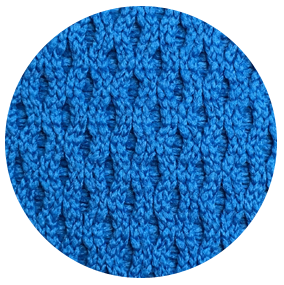Fire Resistant Fabrics | Fire Retardant vs. Fire Resistant
Leave a CommentFlame-resistant and fire-retardant fabrics are essential safety tools in a variety of industrial, commercial, and municipal applications. Technological improvements in these fabrics have facilitated the development flame barriers, coverings, numerous types of personal protective equipment, and more. This blog post will discuss the differences between flame-resistant and fire-retardant fabrics, common applications of these fabrics, and more.
Flame-Resistant (FR) Fabrics
While there is significant overlap in fire-resistant and flame-retardant fabric—both in terminology and physical usage—the two fabric types have distinct differences.
Fire-Retardant Fabric vs. Fire-Resistant Fabric
Fire-retardant fabrics and fire-resistant fabrics are two different classes of material. Each class has unique attributes that make them advantageous for intense heat or open flame applications, but they use different mechanisms to do so.
- Fire-retardant fabrics, also known as chemically flame retardant fabrics, are standard fabrics that have been treated with a special flame-retardant coating. They will burn, but at a much slower rate than untreated standard fabrics. Flame retardancy is classified into three groups: flame retardant (FR), inherently flame retardant (IFR), and durably flame retardant (DFR).
- Flame-resistant fabrics are made up of typically synthetic fibers that resist ignition under prolonged exposure to flame or heat. Because of this construction, they are also sometimes referred to as inherently flame-retardant fabrics. Instead of burning, these fabrics will eventually begin to melt. The degree of inherently flame-resistant fibers within a flame-resistant fabric can vary widely from a few percent of the fibers to a full construction, depending on the manufacturer.
Nylon and Polyester Fabric Fire Resistance
Synthetic fibers comprise most of the top choices for fire-resistant fabrics. While most natural fibers are flammable, plastic-based fibers will often melt due to the heat instead of igniting. Nylon and polyester fabrics have become especially popular due to their high melting points and low thermal conductivity. For additional protection, manufacturers can treat the fibers with a solution of fire-resistant chemicals.
Adding a Fire-Resistant Fabric Finish
Certain chemicals can treat natural and synthetic fibers to increase their fire resistance. These chemicals are classified into four different groups based on their effects:
- Soft Fire Resistant (FR)
- Medium Crisp Fire Resistant (FR)
- Medium Soft Fire Resistant (MSFR)
- Heat Set Fire Resistant (HSFR)
Common Applications
Fire-resistant and fire-retardant fabrics are necessary in a wide variety of applications. Many industries regulate the types of fabrics allowed in various settings to ensure that facilities meet minimum application safety standards. Some of the most popular applications for these fabrics include the following:
- Aeronautical, automotive, and marine applications, which require fire-retardant or fire-resistant fabrics for seating, cargo nets, and interior finishes
- Hospital uses, such as material for drapes, sheets, and mattress covers
- Military applications, such as protective military clothing
- Occupational safety, with applications primarily focused on worker safety and PPE in industrial and outdoor settings
- Recreation, especially in camping, fishing, golfing, hiking, hunting, and shooting
 More Information on Fire Resistant/Retardant Fabrics
More Information on Fire Resistant/Retardant Fabrics
At Jason Mills, we manufacture a wide variety of knit textiles, including flame-retardant and fire-resistant fabrics. Our materials meet strict industrial and safety standards to ensure every protective fabric is as safe as possible. Our team can research and develop custom fibers to create knit fabrics that target specific operational challenges. Contact us today or request a quote to see how our capabilities can serve your operation.
Antimicrobial Fabric: What Is It?
Leave a Comment
Antimicrobial textile is ideal for many commercial, residential, and industrial applications. However, in regards to stopping the spread of viruses, it is important to understand what this type of fabric can and can’t do.
What Is Antimicrobial Fabric?
Antimicrobial fabric refers to any textile that protects against the growth of bacteria, mold, mildew, and other pathogenic microorganisms. This is achieved by treating textiles with an antimicrobial finish that inhibits the growth of hazardous microbes, creating an added layer of defense and prolonging the life of the fabric.
Common Applications
The pathogen-fighting capabilities of antimicrobial fabric makes it suitable for a wide range of applications across diverse industries, including but not limited to:
- Medical. Hospital scrubs, medical mattress covers, and other medical fabric and upholstery often utilize antimicrobial textiles to reduce the spread of disease and infection.
- Military and Defense. Used for chemical/biological warfare garments and other equipment.
- Activewear. This type of fabric is suitable for athletic wear and footwear as it helps to prevent odors.
- Construction. Antimicrobial textile is used for architectural fabrics, canopies, and awnings.
- Housewares. Bedding, upholstery, curtains, carpets, pillows, and towels are often made from antimicrobial fabric to prolong their life and defend against bacterial growth.
Can antimicrobial fabric stop the spread of viruses?
While antimicrobial fabric works great to slow the growth of microbes, it does not kill pathogens on contact, meaning it is not completely effective at stopping the spread of viruses. Even the fastest acting antimicrobial textiles take several minutes to kill microbes, while others only stop or slow their growth. Instead of using them as a substitute for hygiene and other health and safety precautions, they should be thought of as an extra layer of defense against harmful microorganisms to use in addition to your regular sanitary protocol.
 Antimicrobial Fabric Solutions from Jason Mills
Antimicrobial Fabric Solutions from Jason Mills
As an expert manufacturer of mesh materials, fabrics, and textiles, Jason Mills keeps up with the latest technology and innovations in antimicrobial textiles to ensure high performance materials for our customers. Our antimicrobial polyester mesh is designed to meet the ever growing requirements of industries such as healthcare, recreation, and more, and it is suitable for products ranging from patient slings and medical curtains to camping materials and pool/spa upholstery.
Contact Us for More Information on Antimicrobial Fabrics
Although antimicrobial textiles are not effective at completely stopping the spread of viruses, they serve as an added layer of protection by slowing or stopping the growth of harmful pathogens and other microbes. At Jason Mills, we research and develop fabrics to meet the needs of various industries, including healthcare, recreation, automotive, industrial, and more. Our commitment to innovation and approach to quality customer services makes us the ideal manufacturer for your textile needs. To learn more about our products, or to get started on your antimicrobial fabric solution, contact us or request a quote today.


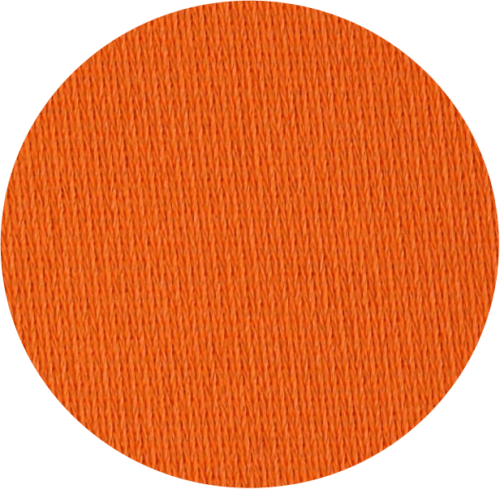
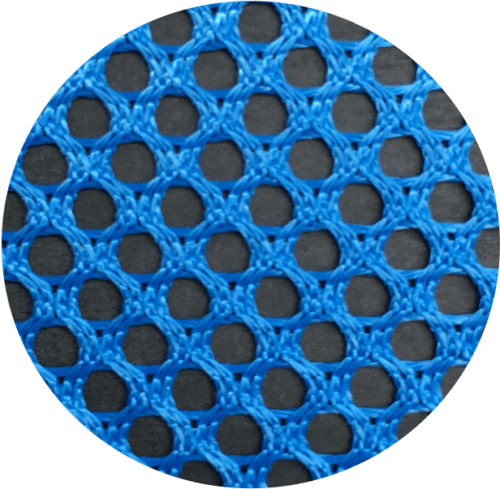
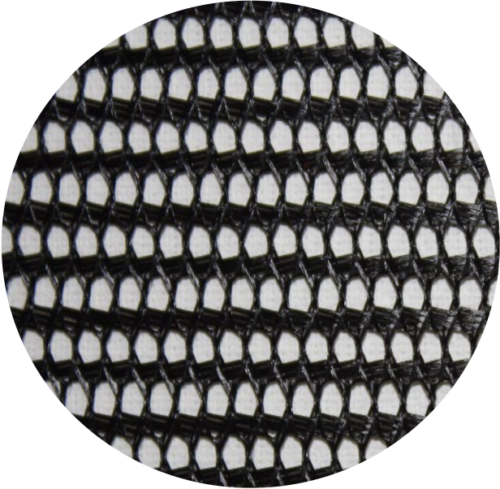
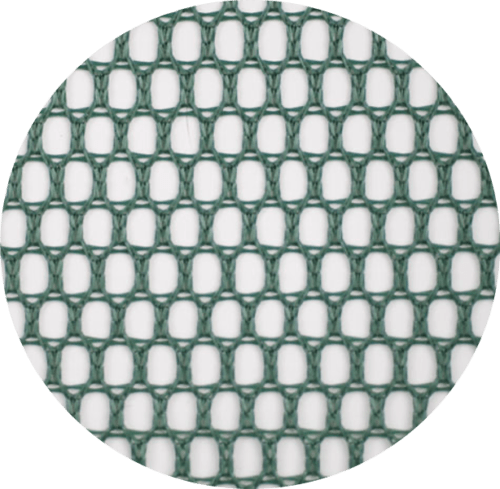
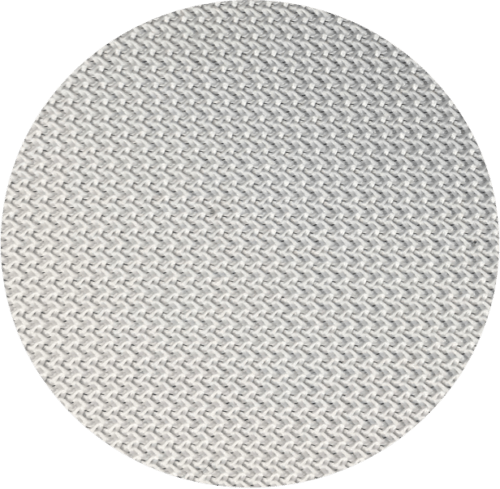
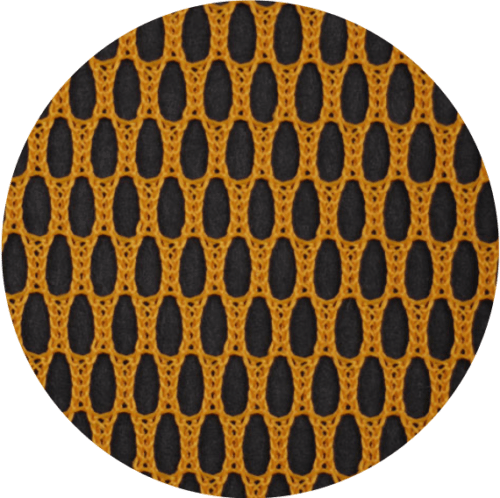
 More Information on Fire Resistant/Retardant Fabrics
More Information on Fire Resistant/Retardant Fabrics